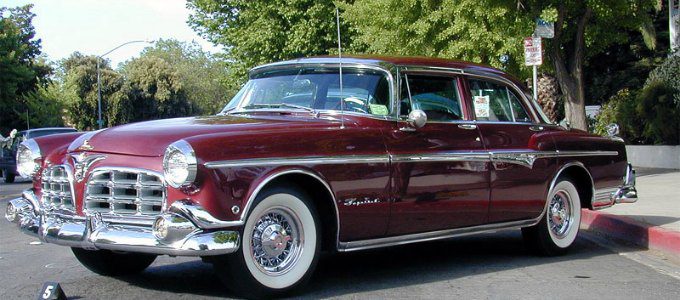In the past decade, the automotive industry has had a rough time. But for Fiat Chrysler Automobiles Inc., which has had year-over-year sales increases for 61 months straight, it’s been a smoother cruise despite facing the same high turnover and economic issues.
As part of its efforts to continue such success, FCA announced this month it will pay full tuition upfront for dealership employees wishing to pursue an associates, bachelor’s or masters degree from Strayer University through a program called Degrees at Work.
Al Gardner, president and CEO of the Chrysler brand and vice president of FCA’s dealer network development, talked to Chief Learning Officer about how leading a brand and the organization’s leadership helps align development programs.
Describe how you lead both the Chrysler brand and FCA’s dealership development.
We have six brands that we run out of FCA U.S.: Chrysler, Jeep, Dodge, Ram, Fiat and Alfa Romeo. Each brand has a CEO who has day-to-day responsibilities for that brand. I run Chrysler, so I run everything from the sales organization to marketing and operations to product planning and engineering design. At the end of March, I took over dealer network development: putting dealers in business, upgrading those dealers from a development standpoint, improving the way they perform in the marketplace and customer service, and training their people from a sales product process standpoint or service, service adviser, customer relations and tech ability.
How does FCA’s structure give learning a seat at the table?
I run Chrysler brand, but I also run the network development group: 320 people who run dealer development, training and education. Each brand leader has a second job, and this is unusual for most companies. You put these people in one room, and they are all incredibly dependent. Every brand has to work with the lead for education. That way education and development become a pillar they need to move forward — it forces leadership and executives to work together and puts development in front and center of everyone.
What are the challenges to developing employees who need to know multiple brands under one umbrella corporation like FCA?
We [Chrysler’s six brands] all live on one showroom floor, so the challenge we have from a training standpoint is to ensure that our salespeople understand all our different brand products specifically. That challenge naturally follows through to the service side. Customers come in with completely different types of vehicles, and we need to get their vehicles back on the road. It’s a fun challenge as long as we segregate the brands and make sure there’s no overlap between them.
What advice do you have for other learning leaders looking to align their learning strategies with a company’s brand?
The No. 1 thing you need to do at the beginning of every day is to feel good about the brand you have. You’ve got to have a vision for it; you’ve got to believe in your heart this is a brand that you want to stand up for and that it will stand behind you. The Chrysler brand is a 90-year-old brand. It’s historic, effectively an all-American brand that goes back to how America was built. When we stick to what the brand genuinely stands for — which for me is design, technology, craftsmanship and value — it really is a wonderful brand that people connect with.
When we get into the learning side of it, there’s a recognition that the brand is only as good as the people who sell it and work on it day in and day out. If we’re not incredibly represented at what we see at a dealership level, what meets and greets our customers every day, we lose that connection between the brand and the customer.
At the end of the day, if your employees are connected to what you’re trying to get done as far as the vision for where we want to go, and they’re coming along for the ride with you and are engaged and growing, then you win.















